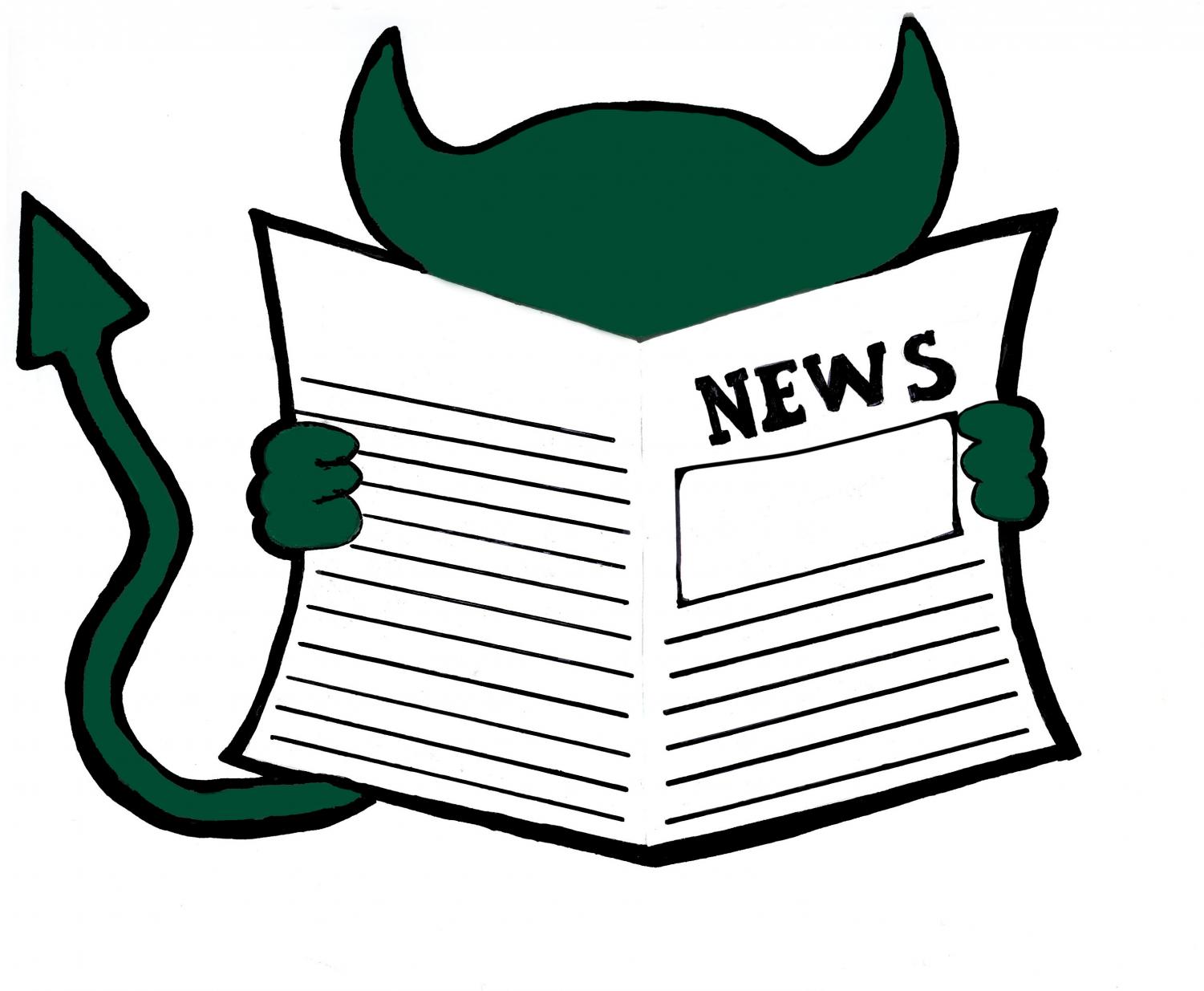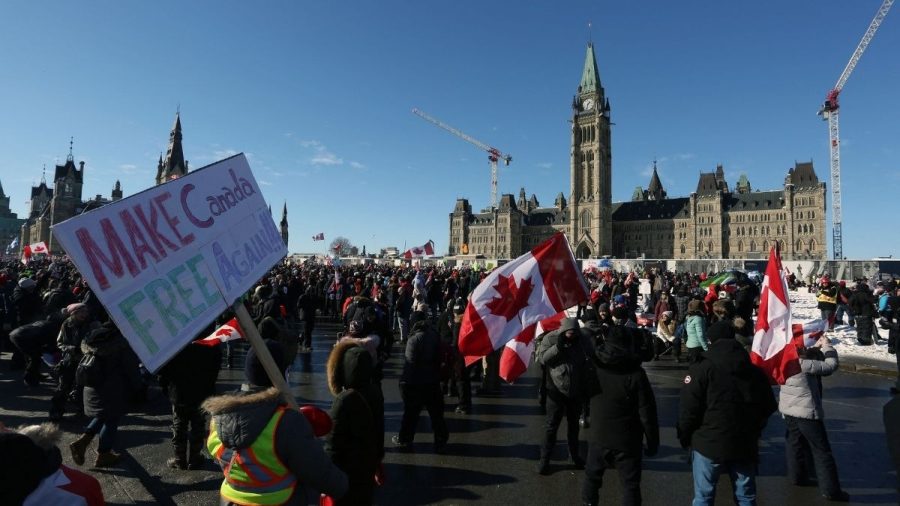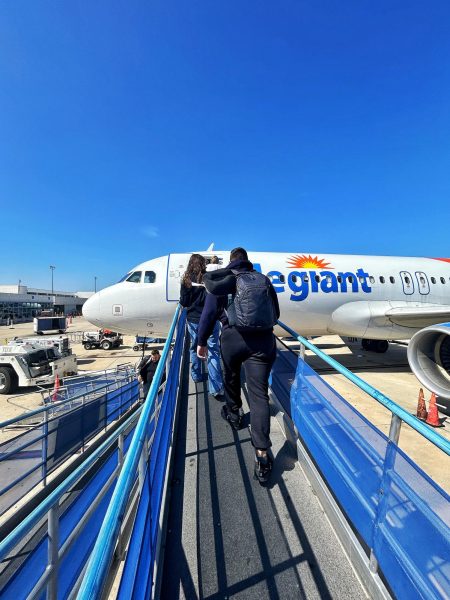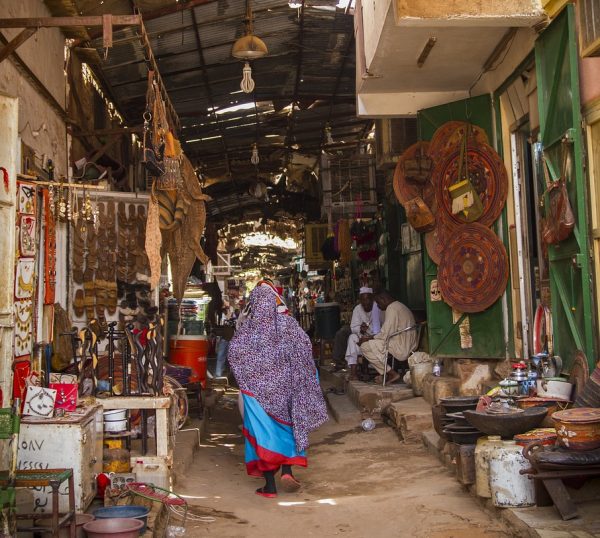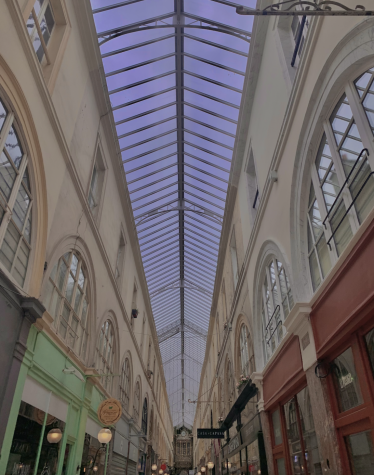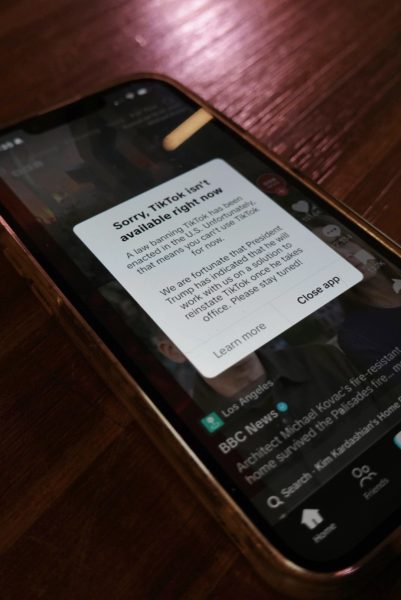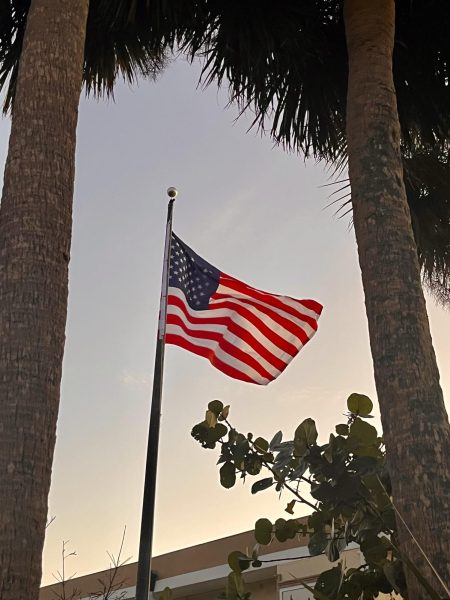Canada’s Freedom Convoy – And Ours
Ah, Canada. Land of poutine, maple syrup, moose, hockey and other national stereotypes. We all know on a gut level that most of these hold very little water, but a vivid example of this came to light this month with the protests that engulfed Canada this month. Across the country, but mainly in the capital, Ottawa, anti-mandate protestors took to the streets for weeks, and were only driven out by an invocation of the Emergencies Act by the government for the first time in Canadian history.
Back in those beautiful days when the pandemic was going to be over by New Year’s, the US and Canadian governments both agreed to not require vaccination for truckers going across the border. Inter-country trade made up a huge part of local economies, and neither side wanted to quite risk that at the time. Besides, 85% had already gotten it, so it wasn’t that big of a deal either way. In January, however, exemptions for both sides ended. On January 22nd, Tamara Lich and Ben J Dichter (fun names), both two non-trucker right-wing politicians, set up a Go-Fund-Me with the goal of a Canada-wide convoy to Ottawa to protest the end to the exemptions, but it soon ballooned beyond any of their expectations. As trucks began their drive, more than 10 million dollars and several thousand people descended on the capital to join what had morphed from a very specific complaint to a broad-tent coalition with even the protesters disagreeing on what they wanted. Some were there because they wanted an end to vaccine mandates in general, some to protest perceived corruption and authoritarianism by Prime Minister Justin Trudeau, some were just genuine fascist nutters, but it seemed most were just kind of there because they wanted “freedom”, in the vaguest possible terms. The Canadian Trucking Alliance condemned the protests.
The protestors, while generally nonviolent, had a large effect on the downtown of the city. Local residents were highly aggravated by the honking, several businesses were forced to close from the disruption, and disruptive blockades prevented easy flow of business throughout the city. Generally speaking, the protestors were rowdy and very resistant to removal. In response, Prime Minister Justin Trudeau invoked the Emergencies Act for the first time in Canadian history, allowing him to freeze the accounts of anybody found participating in or donating to the protests in a manner similar to their response to that of a rogue nation. The Emergencies Act replaced the War Measures Act, once invoked by Trudeau’s father Pierre Trudeau in response to Quebecois terrorists kidnapping the provincial governor. On the 23rd, the Act was lifted.
Responses to the protests were varied. Within the country, Canadians largely disagreed with the protestors and agreed with the more forceful measures to remove them, but within the Conservative Party of Canada, reactions were mixed. Erin O’Toole, the party leader, initially refused to support the protests, leading to his ousting a week later. Abroad, populist right circles have wholeheartedly embraced the protests, with here in the US most of all. The events in Canada inspired many to undertake a similar convoy towards Washington DC, where officials have been put on high alert as to not repeat either what happened in Ottawa or on the Sixth. Most will likely arrive in time to respond to the State of the Union address on March 1st. What will happen then, nobody knows!

